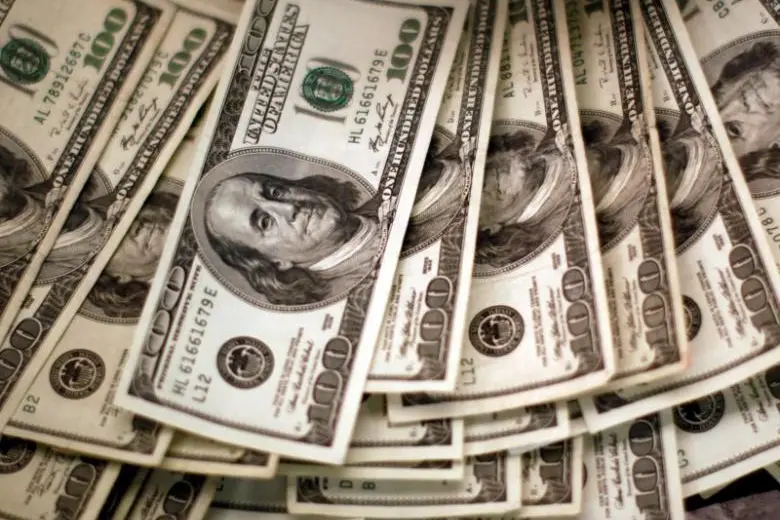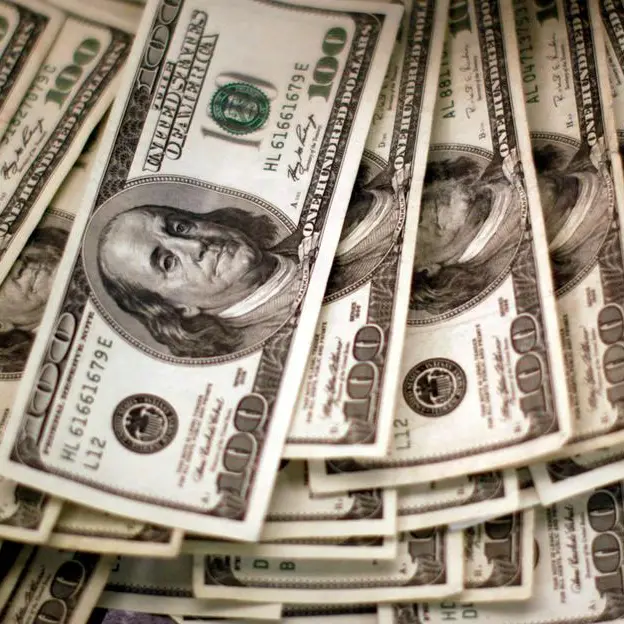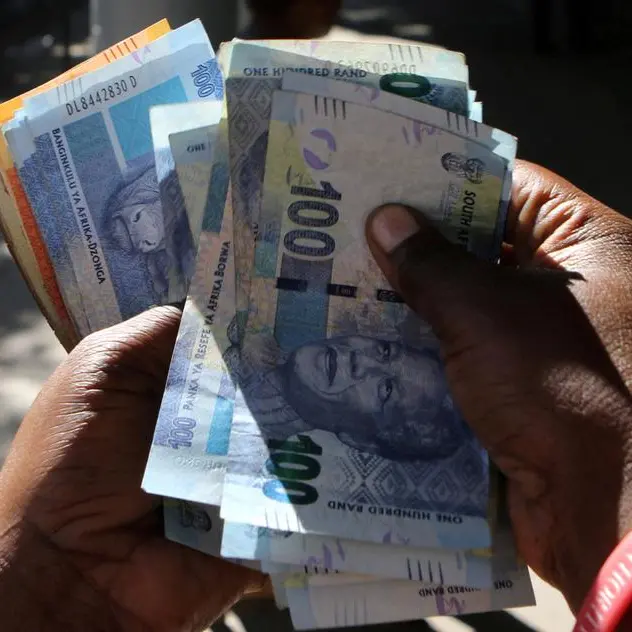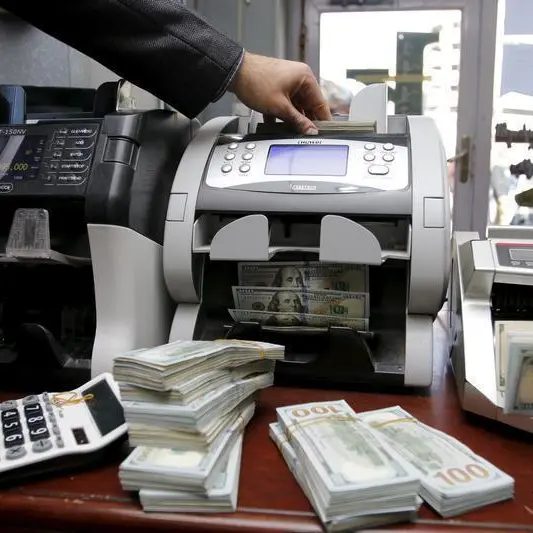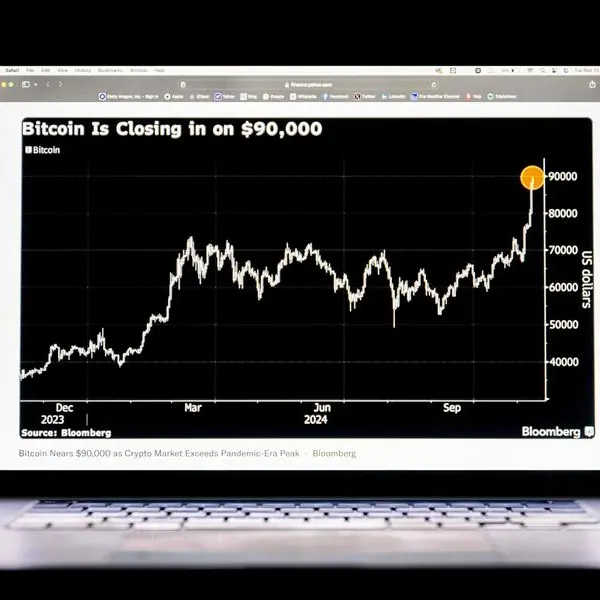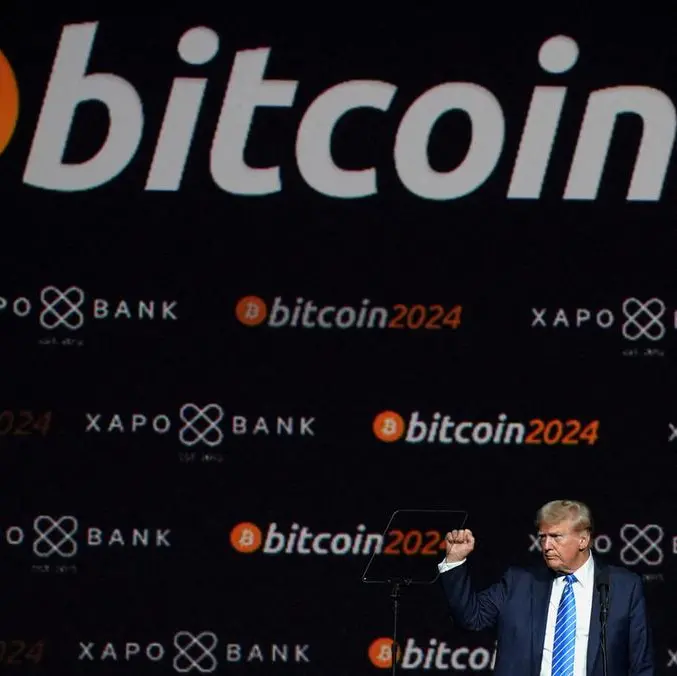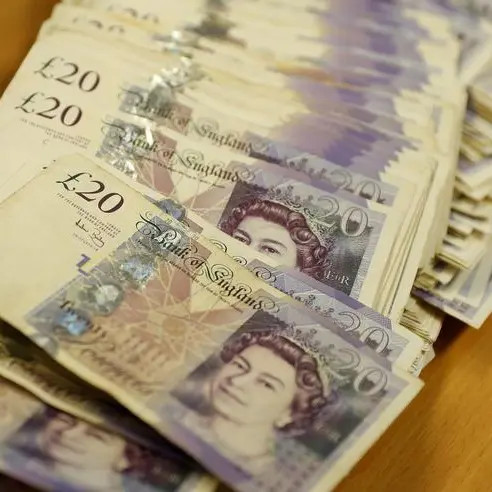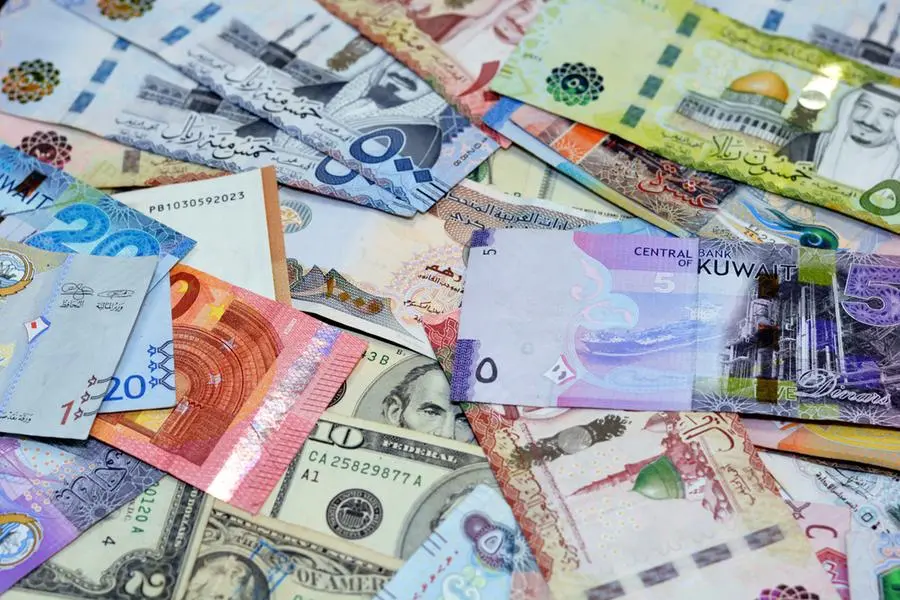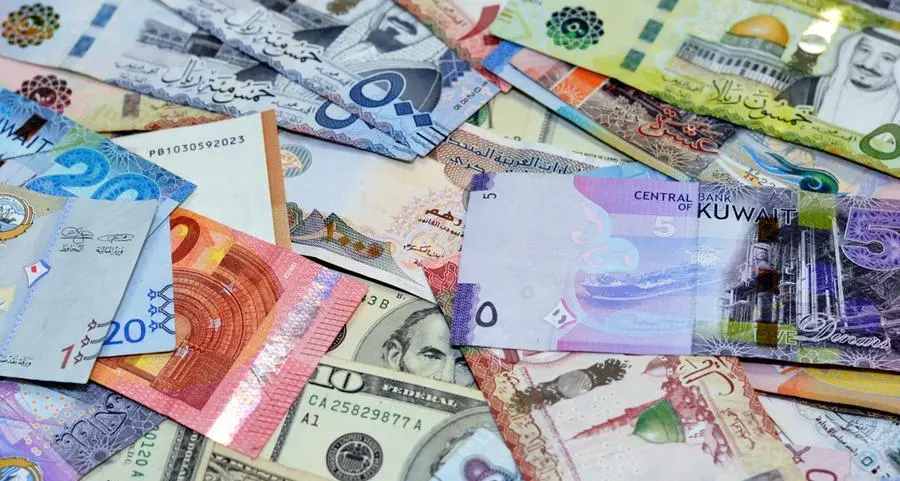PHOTO
The dollar was set for its biggest weekly gain in over a month on Friday, supported by expectations of fewer Federal Reserve rate cuts and the view that President-elect Donald Trump's policies could stoke U.S. inflation when he takes office.
Volatility in the currency markets has run high this week, as investors weigh up the potential tail-wind for the dollar from Trump's proposals on taxes and tariffs against what those plans mean for the rest of the world.
The dollar is trading around a one-year high against a basket of currencies at 106.81, having risen nearly 1.8% this week, set for its best performance since September.
A key pillar of support for the dollar has been the expectation that higher inflation under Trump will mean the Federal Reserve has less room to cut interest rates.
Fed Chair Jerome Powell on Thursday said as much, citing ongoing economic growth, a solid labour market and sticky inflation.
"What we're seeing is the Fed starting to get a little bit cautious because of what could be coming, although they need to remain data dependent, so they can't make policy on potential moves by Trump until they've actually happened," said Fiona Cincotta, market strategist at City Index.
"The market's getting that sense of 'actually, next year we're not going to be seeing as many cuts as we were expecting'," she added.
Powell said the central bank did not need to rush to lower interest rates, prompting traders to axe their more aggressive bets on a rate cut next month and beyond.
The probability of a December cut has dropped below 50% from closer to 82% a day ago, according to the CME FedWatch tool.
In Europe, the pound showed little reaction to data showing Britain's economy contracted unexpectedly in September and growth slowed to a crawl over the third quarter.
PRESSURE ON THE POUND
Sterling was on track for its steepest weekly fall since January 2023, at roughly 2%. It was last down 0.1% at $1.2662.
The euro itself has been a major casualty of dollar strength this month. It has tumbled to its lowest in over a year, as traders factor in the impact to the euro zone economy from Trump's threatened tariffs and the likely steeper drop in interest rates as a result.
The single currency was up 0.35% on the day at $1.0568, set for a weekly drop of 1.4%. It has fallen in six out of the last seven weeks.
Against a resurgent dollar, the yen has come under the spotlight as it weakens to levels that have triggered intervention from Japanese authorities in the past.
The Japanese currency has fallen nearly 11% since its September peak and weakened past the 156 per dollar level for the first time since July in the previous session.
"The pace always matters more than the level. Given the yen has already weakened by 11% against the dollar over the past two months, I think we are getting closer to an actual intervention," Carol Kong, a currency strategist at Commonwealth Bank of Australia, said.
Finance Minister Katsunobu Kato added his voice on Friday, saying authorities would take appropriate action against excessive exchange-rate moves.
The yen was last 0.1% lower at 156.39 per dollar, on track for a weekly decline of 2.4%.
The onshore yuan slipped against the dollar and last stood at 7.2234, on course for a seventh straight weekly drop - its longest losing streak since 2021.
In cryptocurrencies, bitcoin dipped back below the $90,000 level as some investors took profits after a stellar run.
The world's largest cryptocurrency has surged nearly 30% on a two-week rolling basis on the view that friendlier U.S. regulation was imminent under Trump's administration and could usher in a new boom for all corners of the asset class.
(Additional reporting by Rae Wee in Singapore; Editing by Jamie Freed, Stephen Coates and Christina Fincher)
